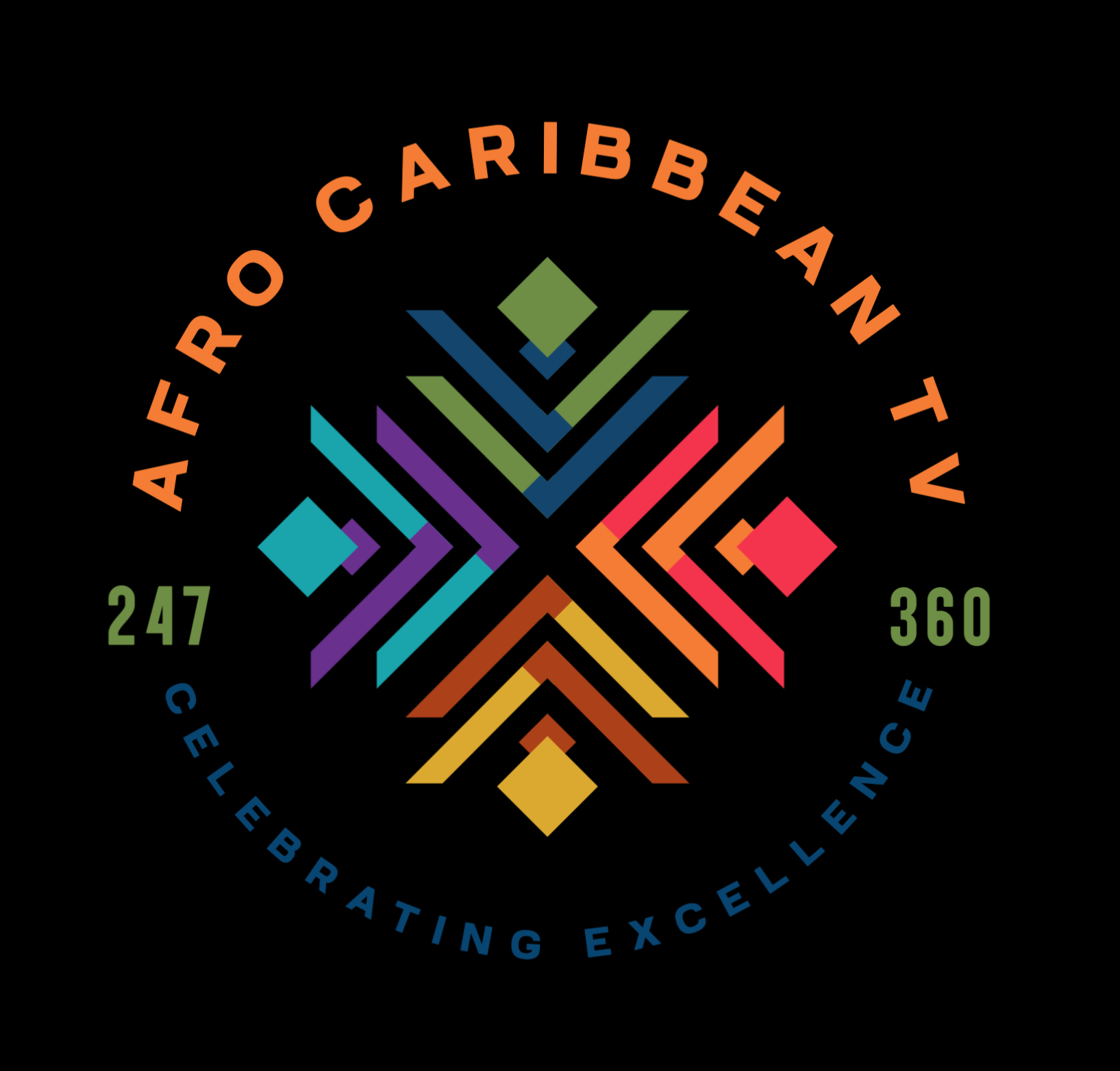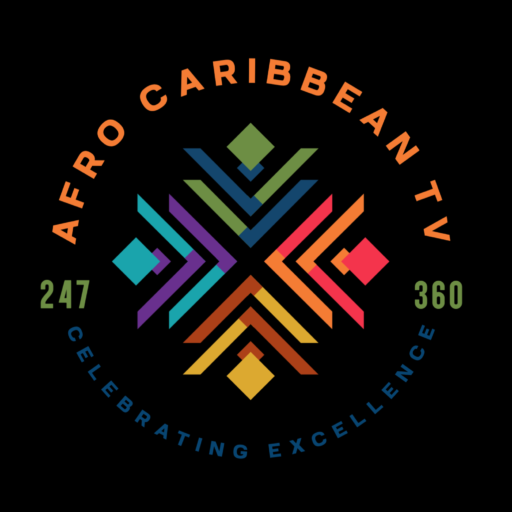Curaçao is not rich in natural resources compared to larger countries, but it does possess several key natural assets that have shaped its economy, culture, and environmental policies. Here’s an overview of the natural resources of Curaçao:
1. Oil Refining (via Imported Crude Oil)
- Curaçao does not produce crude oil, but it historically hosted one of the largest oil refineries in the Caribbean.
- The Isla Refinery (established in 1918 by Royal Dutch Shell) was a major economic engine, processing imported crude—mostly from Venezuela.
- The refinery was operated by PDVSA (Venezuela’s state oil company) until 2019, but operations have largely ceased due to political and economic issues.
Status Today:
- Efforts are underway to lease or repurpose the facility for renewable energy, logistics, or light industry.
2. Solar & Wind Energy
Curaçao has excellent potential for renewable energy, thanks to its:
- High year-round sunlight: ideal for solar farms and rooftop solar panels.
- Consistent trade winds: allow for wind energy generation.
Example Projects:
- Tera Kora and Playa Kanoa Wind Farms generate a portion of the island’s electricity.
- Growing investment in solar panel installations on homes and commercial buildings.
3. Marine Resources
Surrounded by coral reefs and clear waters, Curaçao’s marine ecosystem is one of its most valuable natural resources.
Uses and Importance:
- Fisheries: Small-scale fishing of tuna, snapper, grouper, and lobster.
- Tourism: Snorkeling, diving, and marine eco-tourism are vital to the economy.
- Biodiversity: Home to endangered species and protected reef systems.
Conservation note: Overfishing and climate change have stressed marine resources, leading to stricter regulations and protected marine parks.
4. Minerals & Building Materials
- Curaçao does not have significant metal or mineral deposits.
- However, limestone and coral rock are quarried for construction materials.
- Salt was historically harvested from salt pans (salinas) but is no longer a major industry.
5. Land-Based Natural Resources
While the island is dry, some native plants have economic and medicinal value:
- Aloe Vera: Grown for use in cosmetics and skincare.
- Divi-divi trees: Source of tannin used in traditional leather tanning.
- Laraha fruit: A bitter orange used to make the famous Blue Curaçao liqueur.
6. Tourism-Driven Natural Assets
Curaçao’s greatest “natural capital” is arguably its landscape and biodiversity:
- Beaches and coral reefs
- Caves (e.g., Hato Caves)
- Christoffel National Park – home to the island’s highest point (Mount Christoffel)
- Shete Boka National Park – dramatic coastline and blowholes
Summary: Curaçao’s Key Natural Resources
| Resource Type | Examples/Uses | Economic Impact |
|---|---|---|
| Imported Oil Refining | Isla Refinery (historically) | High (declining now) |
| Renewable Energy | Wind, solar | Growing |
| Marine Resources | Fisheries, coral reefs | High (tourism-related) |
| Building Materials | Limestone, coral rock | Moderate |
| Botanical Resources | Aloe, Laraha citrus, divi-divi | Niche/Local |
| Tourist Natural Sites | Beaches, caves, national parks | Very high |


